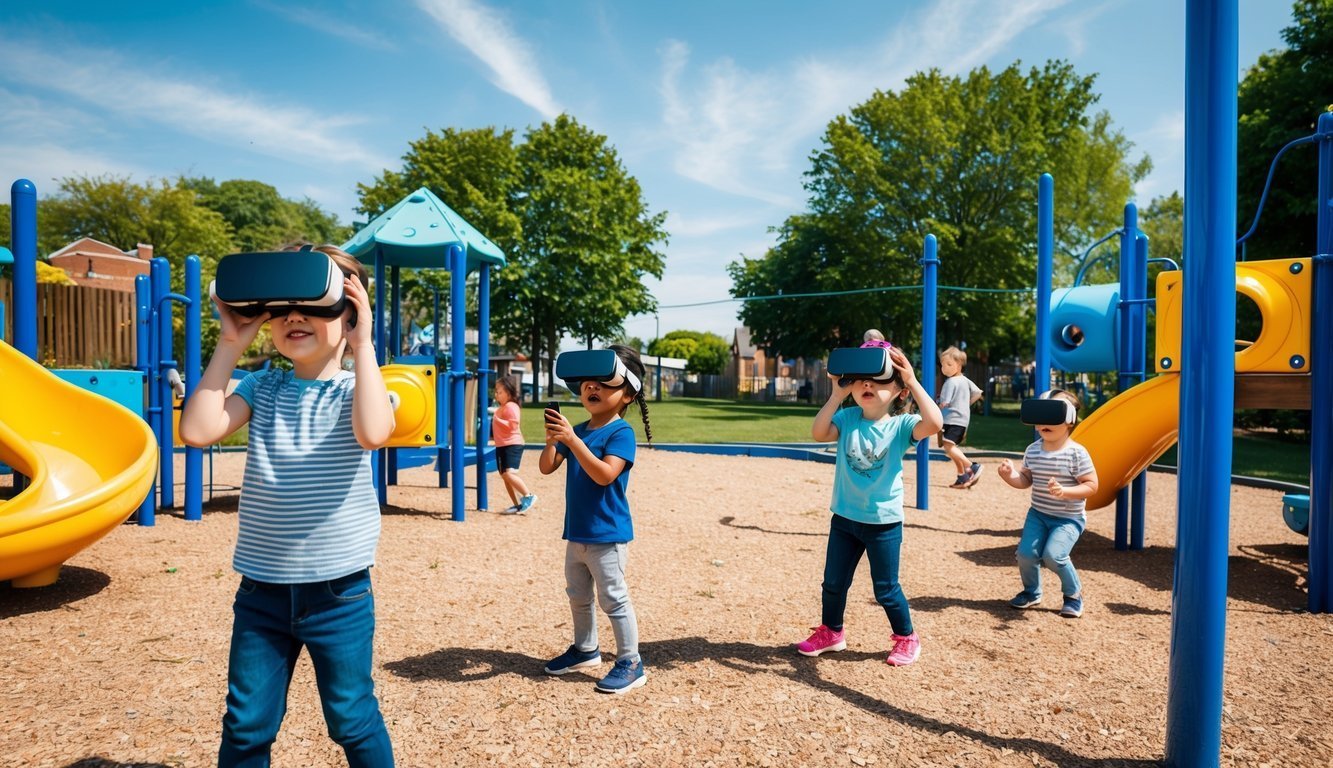PsychNewsDaily Publishers
100 Summit Drive
Burlington, MA, 01803
Telephone: (320) 349-2484
PsychNewsDaily Publishers
100 Summit Drive
Burlington, MA, 01803
Telephone: (320) 349-2484
New research finds that mixed reality gaming can significantly boost physical activity in children by enhancing motivation through personal goals and social support.

Recent research from the University of Georgia suggests that mixed reality gaming might hold the key to boosting physical activity levels among children. The study shows a notable increase in activity for children who participated, a finding that stands out in an era where many kids struggle to meet the recommended daily exercise benchmarks.
It’s no secret that just telling children to get moving often falls flat. Insight from lead researcher Sun Joo (Grace) Ahn highlights the challenges of using video games solely as a means to promote fitness. She points out that support and social interactions are crucial for fostering lasting changes in behavior.
Ahn’s work underlines how modern technology can be harnessed to enrich the bond between parents and children, creating a united family goal aimed at improving health and physical activity levels.
The study involved over 300 young participants and their parents, all enrolled in after-school programs in partnership with the YMCA of Metropolitan Atlanta. The researchers split the participants into two groups: one engaged with an interactive mixed reality kiosk, while the other interacted with a computer program designed to help set exercise goals, lacking the social engagement component.
A virtual dog was developed as part of the project to help children establish and chase their fitness objectives. Participants wore Fitbits to track their activity, earning the chance to interact with the virtual dog each time they reached their goals.
A key aspect of the research was exploring how personal autonomy and achievement influence fitness ambitions in children. Rather than enforcing a blanket goal, the mixed reality kiosk allowed kids the freedom to set their own targets, making them more reachable and motivating.
People often struggle with the concept of accomplishment if they have never really felt the satisfaction of mastering a task. This study aimed to accommodate each person’s unique starting point, whether that meant 60 minutes of activity or just a modest 15.
Understanding the role of caregivers was another essential facet of the study. Researchers provided insights into children’s activities, prompting parental involvement and encouragement as kids worked toward their fitness milestones.
The virtual dog served as a powerful motivator. As children achieved their activity goals, the dog’s virtual health condition improved, allowing them to play longer and teach the dog increasingly complex tricks. Equally important was parental engagement. Parents received real-time updates about their child’s progress and could send motivational messages directly, reinforcing their support.
This dual support system proved effective, providing encouragement while enabling caregivers to remain connected to their children, especially in after-school scenarios where they might typically be apart.
The research highlights a crucial insight: the human element remains irreplaceable in any technological setup. The devices used in the study did more than collect data; they fostered connections that ran deeper than mere metrics.
Funded by a grant from the National Heart, Lung, and Blood Institute of the National Institutes of Health, this research was published in npj Digital Medicine. The team, which included several co-authors, hopes to pave the way for innovative strategies that combine technology and social support to enhance children’s health and activity levels.